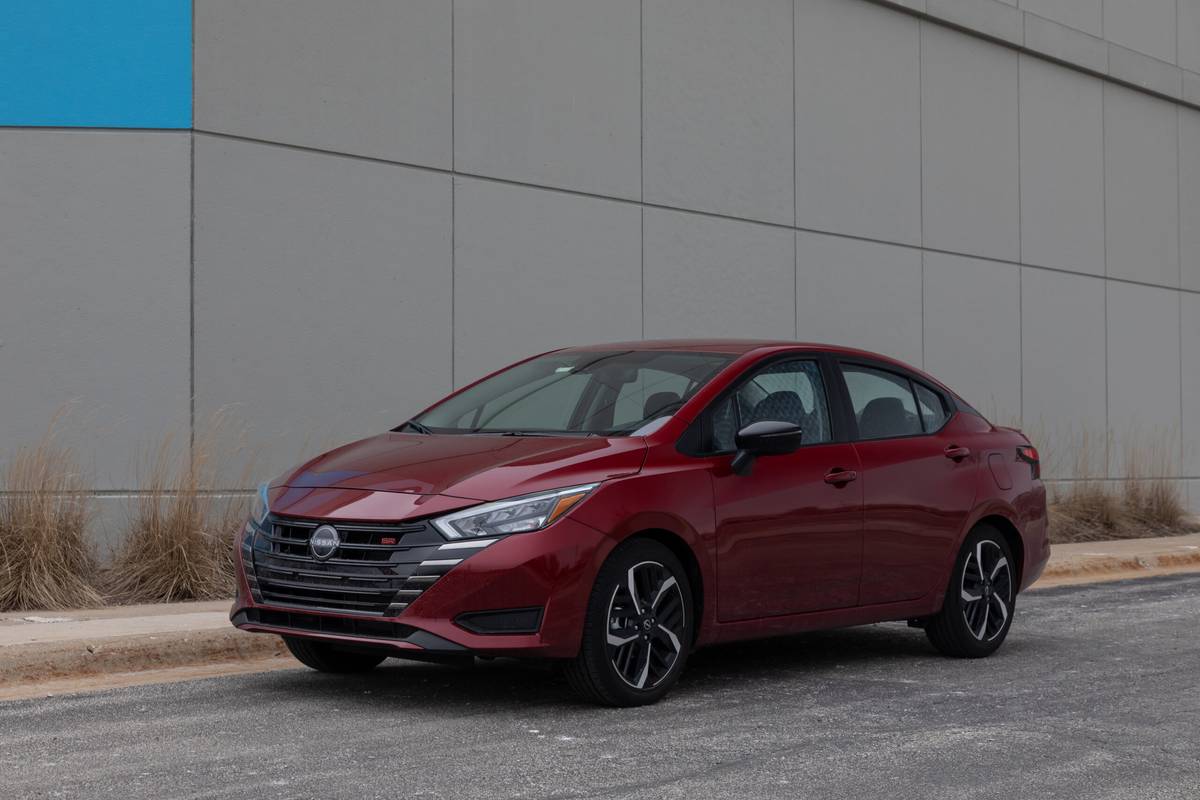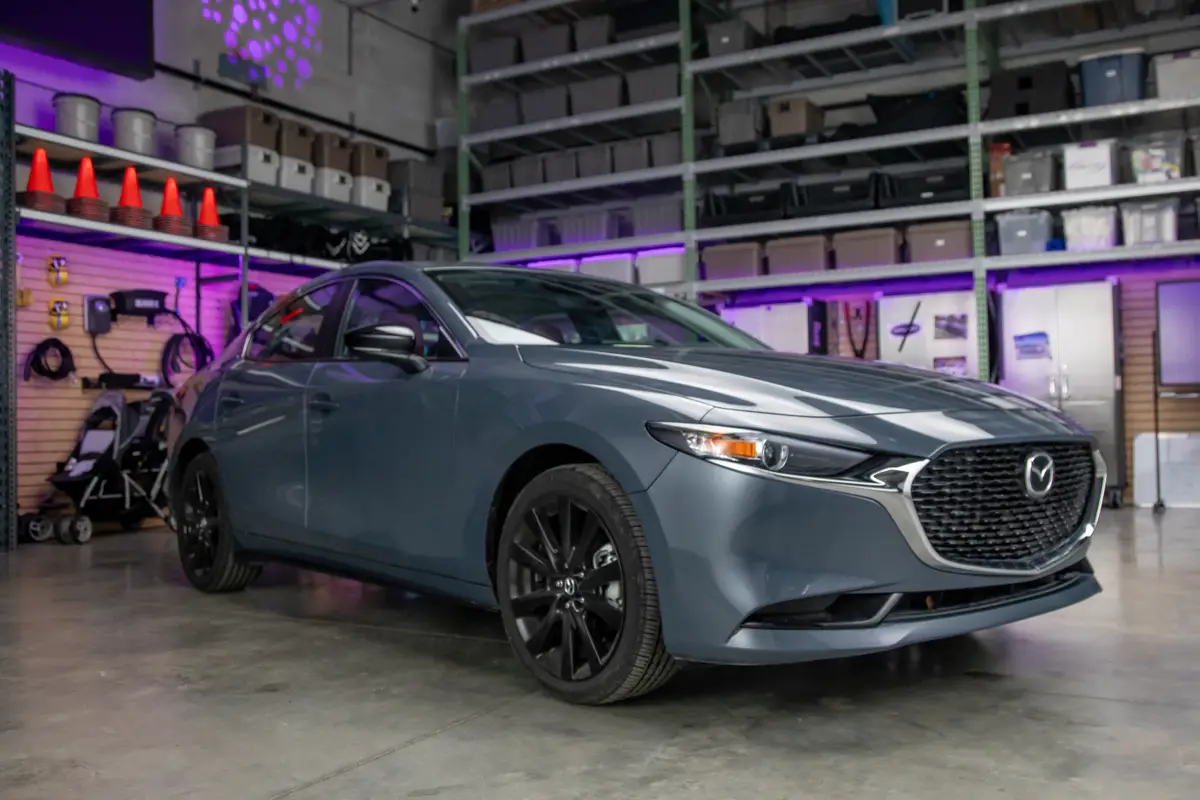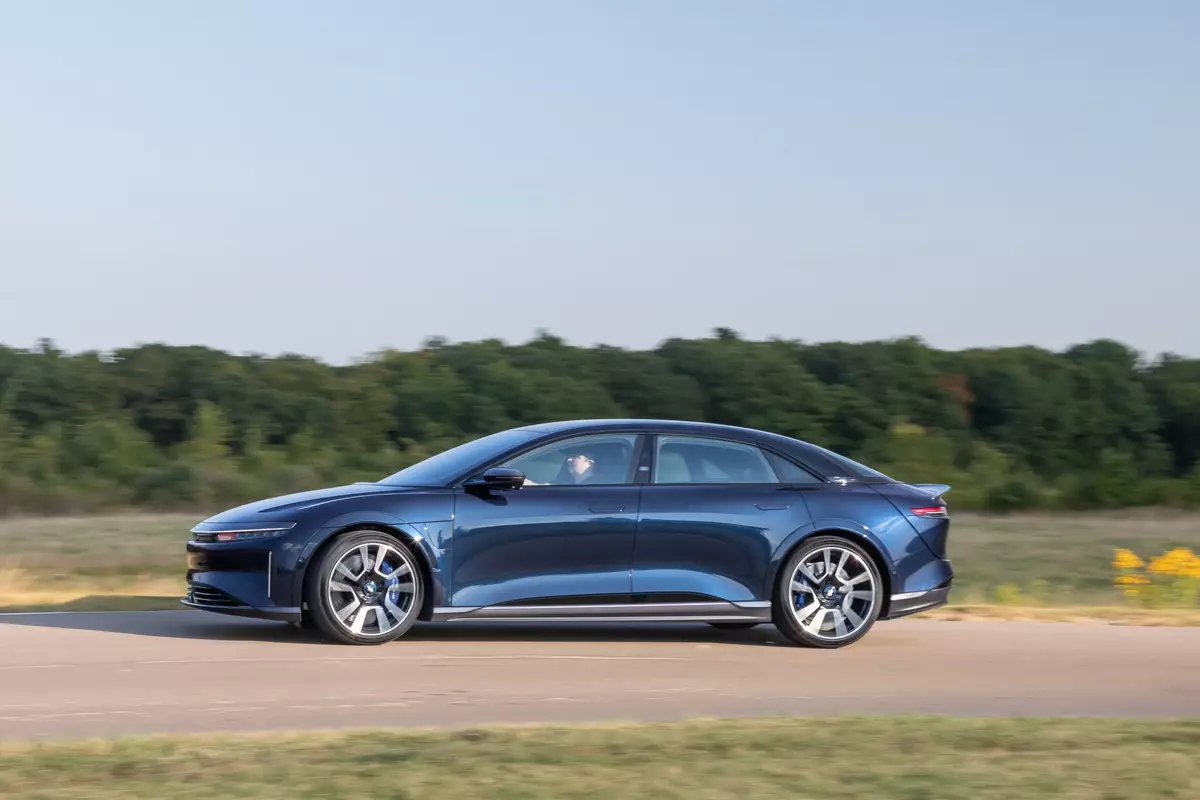KansasCity.com's view
BOLTON LANDING, N.Y.–Winding through the Adirondack Mountains alongside Lake George, Lincoln’s 1998 Navigator was as quiet as a Town Car. A whisper-quiet ride is one of the requirements for competing in the luxury sport-utility segment, and Lincoln has met the challenge with room to spare with the Navigator, its first-ever sport-utility vehicle (SUV).
Based on Ford’s hot-selling Expedition, Navigator goes on sale July 1 with a base price of $39,950 for two-wheel drive and $43,300 for four-wheel drive. This is the first vehicle to have “depowered” second generation airbags to reduce the risk to occupants. Only a handful of options are available, and even fully loaded it won’t cost more than $46,000. That may seem like a lot, but other competitors in this class, such as the Lexus LX 450 and Range Rover, cost considerably more.
Why did Lincoln choose to deviate from its traditional role and develop an SUV of its own? Last year, more than 2.3 million SUVs, or more than one out of every six vehicles, were sold. In light of those staggering figures, which represent a considerable shift in how buyers see their vehicles, “It is difficult for any manufacturer to have a car only” model line, said Jim O`Connor, Ford Motor Co. vice president in charge of Lincoln.
Navigator went from concept to production in 23 months, extraordinarily quick in the automotive business. And even though 84 percent of its parts are shared with the Expedition, every body panel except the roof is new or modified. Consequently, Navigator has its own distinct identity, established primarily by a huge chrome grille, sloping hood and complex reflector headlights. The front bumper has been replaced by a soft-looking fascia with fog lights and integrated tow hooks. Large lighted running boards dominate the side, and around back the tailgate has large, two-piece taillights and a chrome-trimmed license plate holder.
Inside, the luxurious interior is dominated by America’s only wood and leather steering wheel, just like a Jaguar. The feel of the wood wheel is one of the most pleasant tactile experiences of driving the Navigator. Other bits of real wood highlight the cabin and impart a sense of warmth to the yards of glove-soft leather. All pretty standard luxury-car cues, but carried off nicely nonetheless.
Another area where the Navigator charts new territory is its quad-bucket seat arrangement. The back seats are wide, soft buckets just like the front, and they are separated by the industry’s first rear-seat console. This gigantic console has two cup holders on the outside and room inside for a small cooler or camera case. Unfortunately, the bucket seats do not fold forward, which limits hauling capacity. All Navigators come with folding third-row seats, but the third seat has to be removed in order to accommodate much luggage.
Legroom in the back seat is more than generous, and the four bucket seats and center console create a mobile-family-roo m atmosphere.
For folks who want more hauling flexibility, or seating for eight, a folding second-row bench seat is a no-cost option to replace the buckets.
Power comes from Ford’s 5.4-liter, single-overhead-cam (SOHC) V8 engine. Even though it has 230 horsepower, I found that it felt a little short of breath on some of the long, steep grades around Lake Placid. The Navigator weighs nearly three tons, so it is not surprising that it felt a bit shy of power in some instances. Lincoln officials hint that more power may be in the offing in coming years.
We spent most of our time driving the four-wheel-drive model, which will likely be the most popular model. It uses Ford’s excellent Control-Trac system that allows the driver to select standard two-wheel drive, automatic all-wheel drive or low-range, four-wheel drive. Left in the automatic mode, it sends the majority of the power to the rear wheels when the road is dry. When wheelspin occurs, it seamlessly transfers p er to the front as conditions require.
Over a modest off-road course that was not much worse than a rutted gravel road, the ride was outstanding. This kind of road is typical of how Navigators will be used because most owners won’t want to scratch and bang their $43,000 vehicles around in the outback.
In order to create the plush ride of a luxury car, engineers carried over the Expedition’s excellent load-leveling air suspension. This system lowers the vehicle one inch the key is turned off to enhance ease of entry. In four-wheel drive, at speeds of less than 25 mph, it raises the vehicle one inch for added off-road ground clearance.
A standard Class III tow hitch is integrated into the rear bumper and has a towing capacity of 8,000 pounds, with a maximum payload of 1,800 pounds. Even for folks who do want to tow a trailer, the built-in hitch is a convenient place to attach a bike rack.
Based on our one-day drive, the Navigator combines a civilized ride, lots of luxury and a face that is memorable. We will do a longer test drive of a production vehicle in the near future.
Price
The base price of a four-wheel-drive Navigator is $43,300. The vehicles we drove were pre-production models without a specific price sticker.
Warranty
The standard warranty is for four years or 50,000 miles.
There is no At A Glance box because this is not a standard test drive of a production vehicle.
SPECIFICATIONS:
ENGINE: 5.4-liter, V8
TRANSMISSION: automatic
WHEELBASE: 119 inches
CURB WEIGHT: 5,557 lbs.
BASE PRICE: $43,300
PRICE AS DRIVEN: not available
MPG RATING: 13 city, 17 hwy.
Latest news



